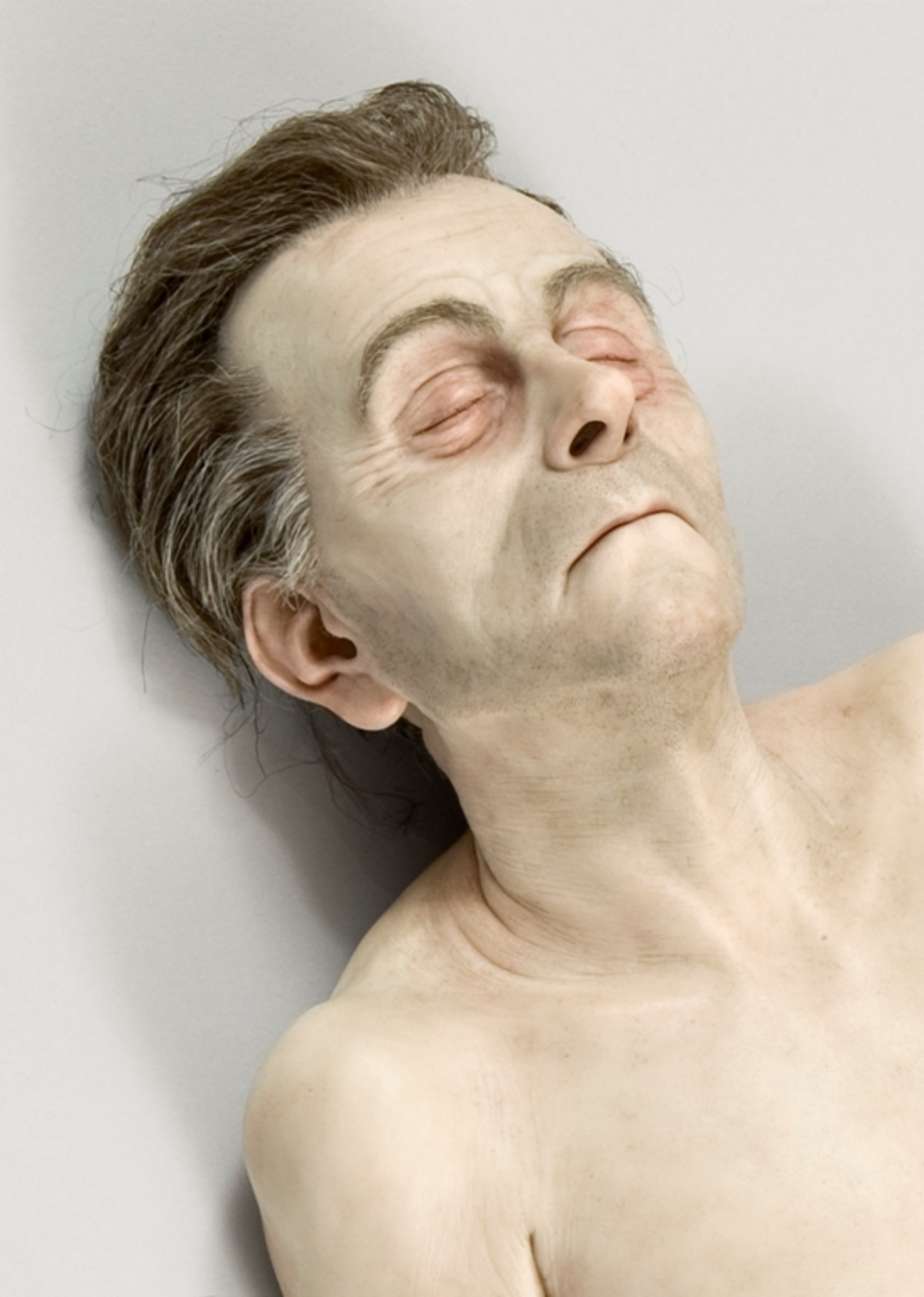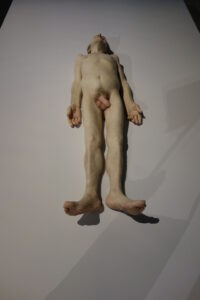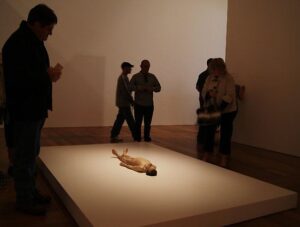
It is a moving sculpture, especially if viewed live. Ron Mueck, an Australian artist, made it in 1996. It is a hyper-realistic representation of the artist’s father’s naked body,
however, in scaling – the figure is smaller than the body of a real man, only about a meter long, which adds extraordinary expression to this powerful artistic expression.
The viewer, looking at the body of Mueck’s father, experiences the feeling of suddenly entering the mystery of death and of a relationship with his own father, who is either old or already dead. Each of us, in a sense
he communes with such a body on a daily basis, and Mueck’s sculpture is painfully aware of it.
The artist was born in Australia and, as he himself admits, he did not have the best relations with the old one. Perhaps the presentation of the father in the most defenseless, somewhat absent, but poignantly expressive figure is an attempt to dominate his own dad or dad’s memories. The possibility of domination over the father is an embarrassing and terrifying vision, and in psychology it is described as the Oedipus complex.


The sculpture dispassionately captures every detail of the body. Nothing is missing. Tendons, toenails, calf hair style, neat graying hair, shaved face, uncircumcised penis, thumbs, upturned palms.
Yet this body is undoubtedly dead. It lies as the opposite of the fetus. The eyes have this thing … it’s something fatal … sunken. Everything is there, but something is missing. Something most important was gone. Scaling down somehow suggests this loss. Some people believe that a dead body is 21 grams lighter, it is said to be the weight of the soul.
Of course, another iconic image of death comes to mind … Hans Holbein, Body of the Dead Christ in the Tomb from 1520.